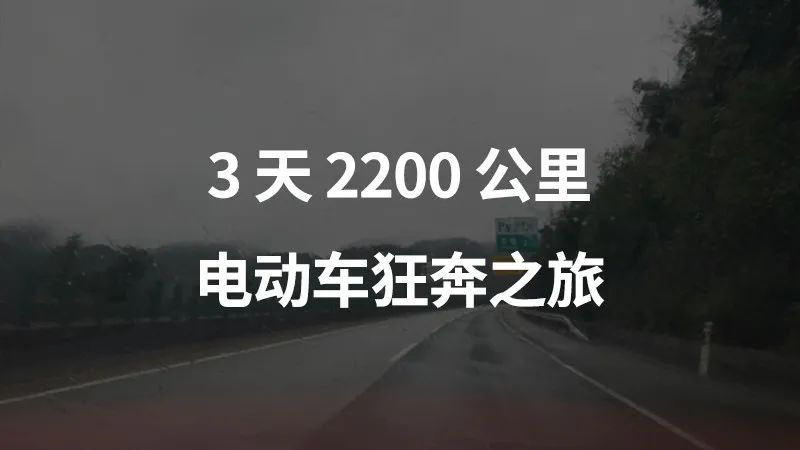Editor’s note: This article is written by LOOKYOU, a member of the 42 community.
In February 2019, after obtaining the new energy vehicle license plate in Beijing, which took last year until the end in Guangzhou, we spent around a week before the new year buying BYD e3 high-range version, noble type at a Beijing 4S store, with a range of 405km. We only received the official license plate on the morning of the ninth day of the lunar new year. As soon as we installed the new license plate, we prepared necessary water and food, and embarked on a journey of over two thousand miles from Beijing’s Chaoyang District to Guangzhou that runs through the north and south of China.
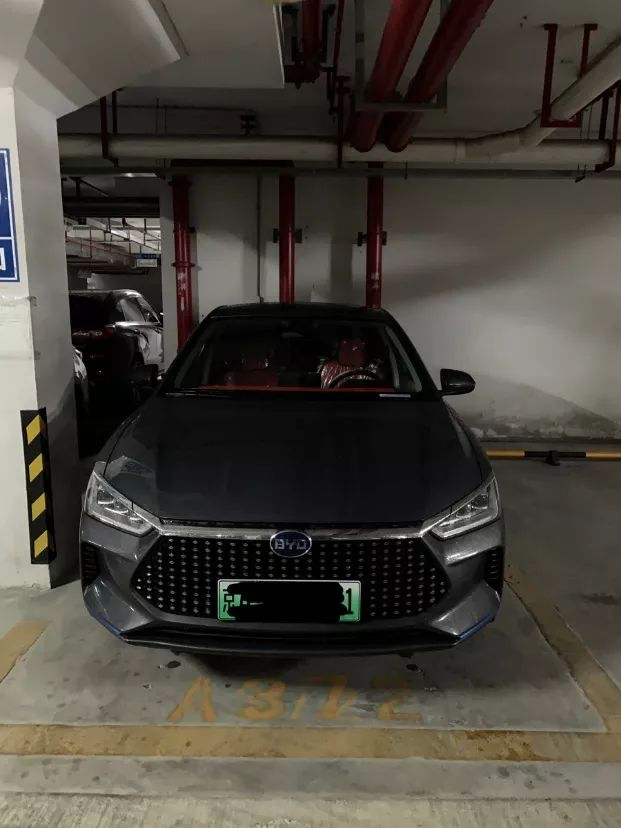
Before we set off, we spent a few days studying the strategy for long-distance travel in electric vehicles. Luckily, we found the strategy for electric vehicle charging stations on Beijing-Hong Kong-Macau Expressway that previous travelers had summarized through WeChat search. It is divided into five stages: Hebei, Henan, Hubei, Hunan, and Guangdong, with each section equipped with service areas with national power grid standard charging piles and the distance between service areas.
Although we could search for relevant charging facilities on Baidu Map temporarily, such preparation is not adequate. According to the strategies summarized by the predecessors, we clearly planned the driving intervals in advance and reserved about 150 km of mileage to prevent the first service station’s charging piles from malfunctioning or queuing for an extended period.
DAY 1 Beijing-Zhaoxian, Hebei Province 355 km
- Unsuccessful start and false alarm
On the first afternoon, we entered the expressway from the downtown of Beijing, with the original target to go to Baoding service area in Hebei, which is 195 km away. The BYD e3 NEDC range is 405km, and we haven’t driven it on the expressway before, so we are not clear about the mileage discount in the north in winter. We will adjust the service area to stop at any time based on actual mileage changes.
As soon as the car went out of Beijing, we entered Beijing-Hong Kong-Macau Expressway. Suddenly, the four-wheel position on the car display screen showed “low tire pressure,” which made us startled. My wife sitting in the co-pilot seat quickly sent screenshots to the car dealer’s after-sales service via WeChat. They suggested us drive into the service area to find a repair shop to test tire pressure. If there is no problem, we can click on the menu to reset the tire pressure.
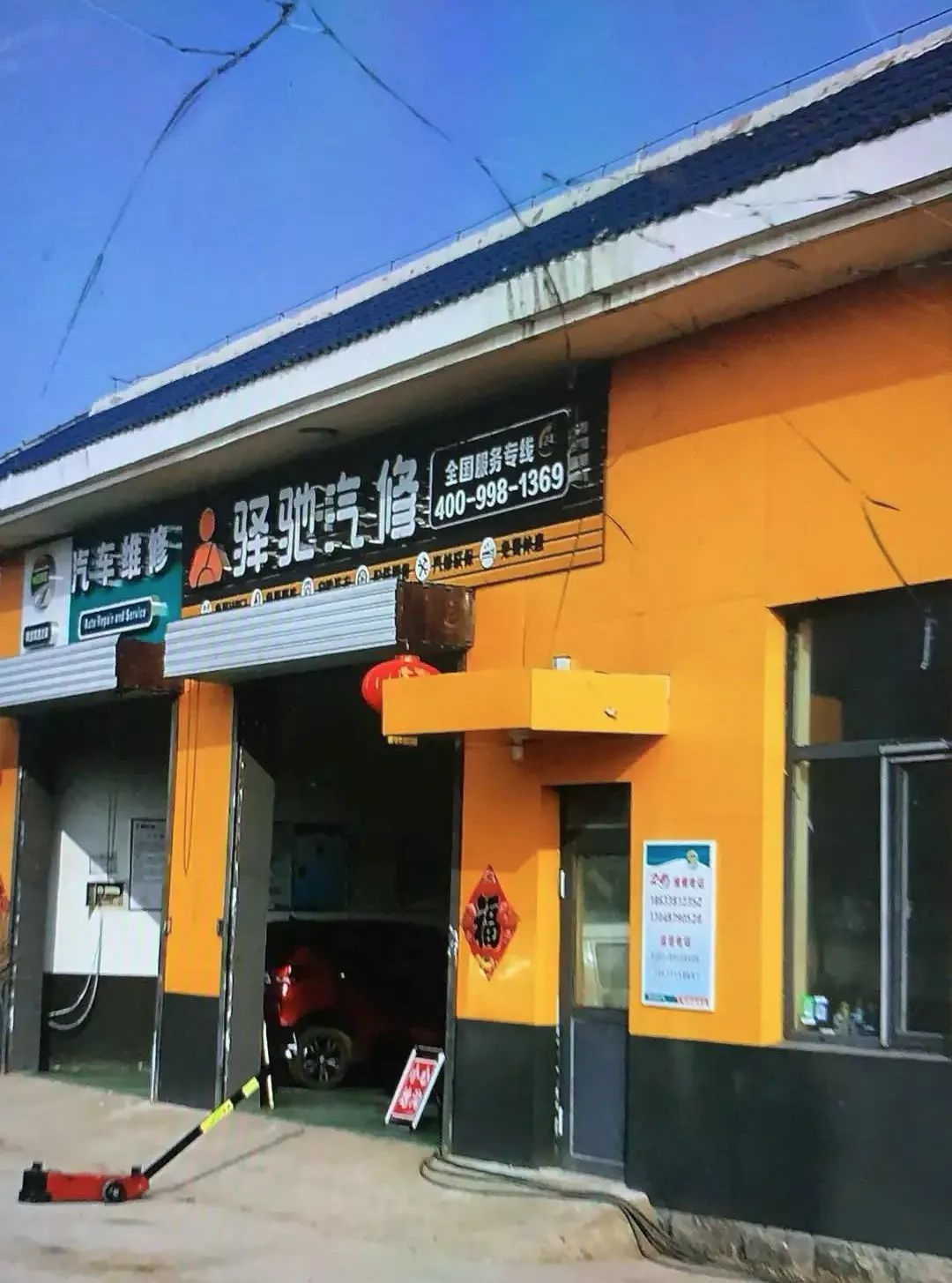 We decided to enter Dingxing service area temporarily. The driver checked the tire pressure of all four tires and found that they were about 2.8, which is higher than the standard of 2.5 in the instruction manual. It may be an error alarm detected by the new car system. The driver let some air out of the four tires and adjusted them to 2.55, which cost 20 yuan. After the test, we finally felt relieved.
We decided to enter Dingxing service area temporarily. The driver checked the tire pressure of all four tires and found that they were about 2.8, which is higher than the standard of 2.5 in the instruction manual. It may be an error alarm detected by the new car system. The driver let some air out of the four tires and adjusted them to 2.55, which cost 20 yuan. After the test, we finally felt relieved.
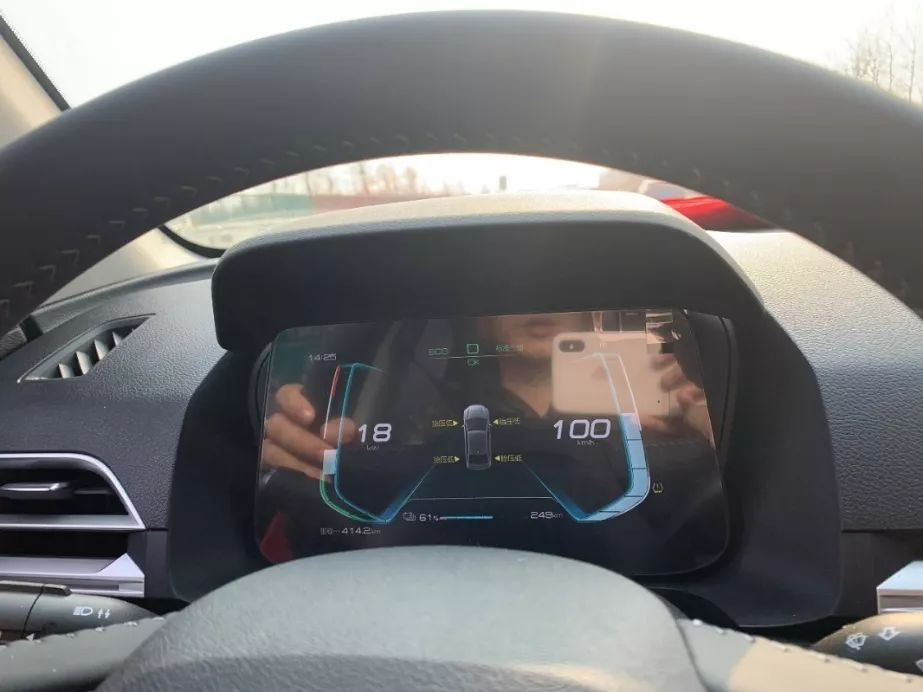
Then, we wanted to charge the battery at this service area. We only used the special charging piles in the mall in the city and had not tried the State Grid’s charging piles before. We found that the State Grid service area on the Beijing-Hong Kong-Macau Expressway is basically equipped with four charging piles. Unfortunately, only one of the four piles could be used at this station, with one car charging with progress of about 50%. One of the remaining three piles was faulty, and the screens of the other two piles were not sensitive to touch, making it impossible to reach the scan code interface. We called the customer service of the State Grid, but even after they restarted the other two piles, the problem was still not solved. We had to give up and charge at the next service area.
After traveling for 140 km, we finally successfully scanned the code to charge the battery in Xushui, with battery level remaining about 50%. To our satisfaction, the charging power of the State Grid’s charging pile was still relatively high, with a maximum of 33-48 kW. In the final stage of charging, to protect the battery, the power may drop to around 20 kW when the battery level is between 80%-90%, and around 10 kW when the battery level is between 90%-100%. The charging time was about 45 minutes.
After charging was completed, remember to close the cover of the charging interface. Once, I almost forgot to close the cover of the charging interface because I was too focused on returning the plug to the charging pile.
Through this journey, it can be seen that it is necessary to reduce the expected range of the electric vehicle in winter and on the expressway to 60%, and try not to push it to the limit, and if it is not particularly cold, do not use the air conditioning and heated seats. Finally, reserve more than 100 km of range to find the next service area for charging.
- Camping in Zhao County
My wife and I took turns driving. My wife was responsible for driving from Xushui service area to Zhao County service area in the second leg, which was about 215 km. Due to the epidemic and the extended holiday after Spring Festival, there were almost no cars on the expressway, and the entire Beijing-Hong Kong-Macau Expressway seemed to be our exclusive road.
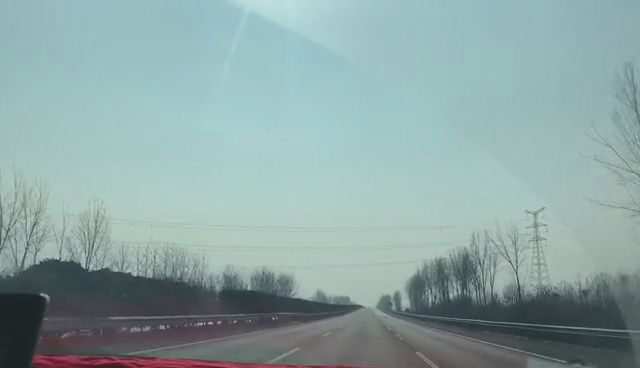 When we approached Zhao County around 7:00 p.m., the sky was getting darker and dimmer. Without turning on the high beam, the visibility in front was not very good with only the low beam on. We went to the Zhao County service area to charge after dinner. By the time we finished, it was already quite dark. For the sake of safety, we booked a cheap hotel in Zhao County through Ctrip. The cost was only 88 yuan for a night with breakfast included (but due to the epidemic, breakfast was actually suspended).
When we approached Zhao County around 7:00 p.m., the sky was getting darker and dimmer. Without turning on the high beam, the visibility in front was not very good with only the low beam on. We went to the Zhao County service area to charge after dinner. By the time we finished, it was already quite dark. For the sake of safety, we booked a cheap hotel in Zhao County through Ctrip. The cost was only 88 yuan for a night with breakfast included (but due to the epidemic, breakfast was actually suspended).
When we left the Zhao County exit, our temperature was measured and our license plates, ID cards, and departure and destination information were registered. It was not until we entered the city that we realized Zhao County, which seemed remote, was also a tourist destination with famous attractions such as the Zhaozhou Bridge and a Buddhist temple, but we had to hit the road early the next day and didn’t have time to enjoy the sights.
DAY 2 Hebei Zhao County–Hunan Yanglousi Service Area 1000 km
Rapid progress, entering Hunan Province ahead of schedule
At 6:30 in the morning of the second day, when it was still dark, we set off because we had only covered a little over 300 km on the first day. Originally, we planned to take three days to complete the following route: drive from Zhao County in Hebei to the service area in Zhumadian, Henan for an overnight stay, then drive from the Zhumadian service area to the Pingjiang service area in Hunan, and finally return to Guangzhou, our destination, on the third day. The reason for this arrangement was mainly due to the epidemic. We did not want to stop in Hubei at night.

But on the second day, everything went smoothly. We traveled about 180 km, stopped at service areas for charging and resting for one hour, and then changed drivers. By around 3:30 p.m., we had reached our goal for the day, the Zhumadian service area in Henan, ahead of schedule. So we seized the opportunity, drove at night through Hubei Province, and directly entered Hunan Province.
However, we read in our guidebook that the distance from the last service area in Henan, Lingshan Service Area, to the first service area in Hunan, Yanglousi Service Area, was 294 km. Our standard range was only 405 km, and considering the discount on the highway toll during winter, we could not complete this task. Therefore, we had to compromise and charged our car to full at the Xinyang service area in Henan before driving directly to the Yanglousi Service Area in Hunan, which was a safe distance of only 184 km.
After entering Hubei Province, we began to feel a little nervous and closed our windows. However, we found that the windshield became more and more foggy after the windows were closed. We had to open the side windows slightly to reduce the temperature inside the car, and then the windshield slowly became clear.Markdown Text in English (with HTML tags preserved):
It’s very dark at night, and we need to use high-beam headlights throughout the journey. We should try to stay in the same lane, except for overtaking large trucks or extremely slow vehicles. Don’t change lanes frequently unless necessary. There was heavy fog on the highway in Hubei, and even with high-beam headlights, it was difficult to see far ahead. We had to focus on staying in our lane and following the taillights of the vehicles in front of us.
Upon entering the Xiaogan service area, staff in protective suits sprayed disinfectant on our car before we were allowed to enter for charging. We were nervous and wore two masks when we got out of the car to charge, and quickly returned to the car to rest after using the restroom.
Around midnight, we arrived at the first service area in Hunan, Yanglousi. I had been driving most of the night and had covered about 360 km. Feeling tired, I decided to rest where we were after charging.
Here are some tips for getting warm at service areas. There is hot water available, usually around 70-80 degrees Celsius. You can use several mineral water bottles to store the water and make a DIY “hot water bag” to warm your cold hands and feet. During charging, the car needs to be turned off, so the heating and air conditioning cannot be used. After the battery is fully charged, you can lower the front passenger seat, turn on the heating and air conditioning, and have a good night’s sleep at the service area.
DAY 3 Yanglousi Service Area, Hunan Province – Guangzhou City, 850 km
We arrived in Guangzhou City, enjoying the spectacular scenery along the way.
After resting at the service area until 6:00 the next morning, we set off through Hunan province. We clearly noticed the geographical differences between northern and southern China. Compared to the cold and barren north, the Hubei section was full of green trees and the air was filled with a spring-like freshness. However, the wide four-lane highway changed to a two-lane road, and the terrain became hilly with ups and downs.
It started drizzling in the morning. If the rain is light, we can use the automatic slow-speed wipers to wipe the windshield. Later, as the rain got heavier, we had to adjust the wipers to middle or high frequency to see the road ahead.
As the road was slippery and wet on rainy days, we needed to drive smoothly and keep a steady speed. When overtaking a large truck, we had to grip the steering wheel tightly, as the wheels of the truck will splash a lot of water, which can affect the visibility of smaller vehicles. Therefore, overtaking should be done quickly at the right time, and we should choose to merge back into our lane after a safe distance is reached.From the Hunan section and Guangdong section of the Beijing-Hong Kong-Macao Expressway heading south, you can see the rare beautiful scenery of the mountains and peaks surrounded by clouds and mist that are not often seen in everyday life, and you can relax and enjoy them while driving. Returning to the Yuen Bei Service Area at the Guangdong entrance, we encountered a relatively strict quarantine checkpoint, and the vehicle speed was slow. The drivers and personnel need to register vehicle and personnel information through the “Guangdong Convenient Service” WeChat mini program and undergo body temperature checks. We waited for less than half an hour on a day when the traffic volume was not very large, but my colleagues had told me before that during peak periods, they had to wait for two hours to pass.
Returning to the Qujiang Service Area in the Guangdong section for charging, I found that I could not find the charging piles of the State Grid, which were replaced by the charging piles of Southern Power Grid, and the “Shun Yi Chong” APP needed to be downloaded. The facilities of the charging piles of Southern Power Grid are more modern than those of the State Grid. One service area is equipped with 8 charging piles, and the charging power is up to 50 kW, with a current of about 129 A. This is the highest I have seen after charging multiple times. It took about 50 minutes to fully charge the battery. Back in Guangdong province, it is almost impossible to find the trace of State Grid charging stations, and it is necessary to switch to Southern Power Grid charging stations.
The most impressive part of the journey in Guangdong was the night of heavy rain. Even the highest frequency of the wipers could barely see the road ahead. Some sections of the highway had been rolled over by large trucks for a long time, and the white lane lines were blurred. The clear white lane lines on the highway are the lifeline for us as drivers, and I hope that the highway management can arrange maintenance and upkeep as soon as possible.
In conclusion:
I would like to share my experience on this journey. Before we set off, we had never used the fast charging of the State Grid. We only tried the fast charging of Tesla with a maximum power of only a dozen kilowatts. It took more than 6 hours to fully charge the free slow charging in the company garage. At that time, I was worried that if the charging speed of the charging station on the highway was also so slow, wouldn’t it take me until nightfall to drive a small distance?
However, since we decided to try self-driving, we no longer hesitated. With a slight sense of worry, we embarked on the journey. We did encounter a situation where the first charging station was not easy to use, but the charging speed at the rest area charging stations we encountered later was quite satisfactory, with charging power of 30-50 kW. It only takes about an hour to fully charge from about 30%.
Overall, this speed is still acceptable. After driving about 200 km, we can take a break, go to the toilet and stretch our legs, eat something, admire the scenery, and the hour will pass quickly. There is no need to rush too much. Fatigue driving should be avoided on the highway, and safety is the top priority.
Driving the BYD e3 on the highway, the overall feeling is that the car control is relatively smooth. Although the acceleration is not fast, the maximum speed can reach almost 130 km/h, and the control feels quite good when overtaking and changing lanes.Although the weather in the north is cold in winter and electric cars consume power quickly when driving on highways, causing mileage to be reduced by about 30-40%, we prepared in advance with a step-by-step strategy and a stable approach, which was well-supported by the well-equipped facilities along the Beijing-Hong Kong-Macao Expressway. It gave us enough calmness and confidence for the long-distance journey.
The expressway was smooth and unblocked along the way, and we had the opportunity to experience the changing scenery from north to south for the first time by driving ourselves, which was a fresh experience. A bit tired, but enjoying the fatigue!
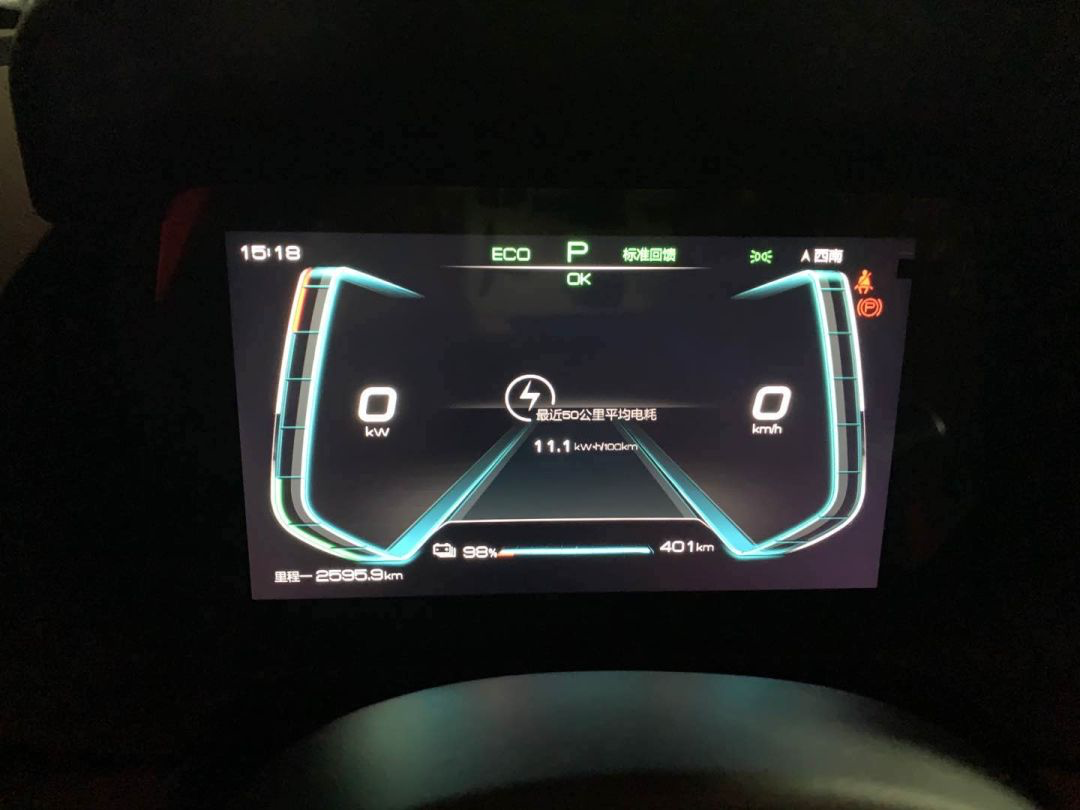
The total mileage of the BYD e3 after arriving at the destination.
After all the fussing, we have written everything. Overall, this two-thousand-kilometer long-distance race on the Beijing-Hong Kong-Macao Expressway went smoothly, mainly thanks to the preparation of our strategy earlier.
One point to note is that although Baidu Navigation recommended us shorter routes along the way, such as taking the Daguang Expressway when leaving Beijing, and the Leguang Expressway when returning from Hunan to Guangdong, we insisted on maintaining the route of the Beijing-Hong Kong-Macao Expressway, even though it added dozens of kilometers to the total mileage. We know that electric cars are not afraid of long journeys, but rather are afraid of not finding a charging station in time during the journey. As long as we keep going along the expressway, there is a service area every 30-50 km, and the strategy clearly marked the service area names and distances equipped with charging stations, so we were more confident.
Finally, I hope this long-distance driving note can provide some necessary experience for electric car enthusiasts, thank you.
This article is a translation by ChatGPT of a Chinese report from 42HOW. If you have any questions about it, please email bd@42how.com.
